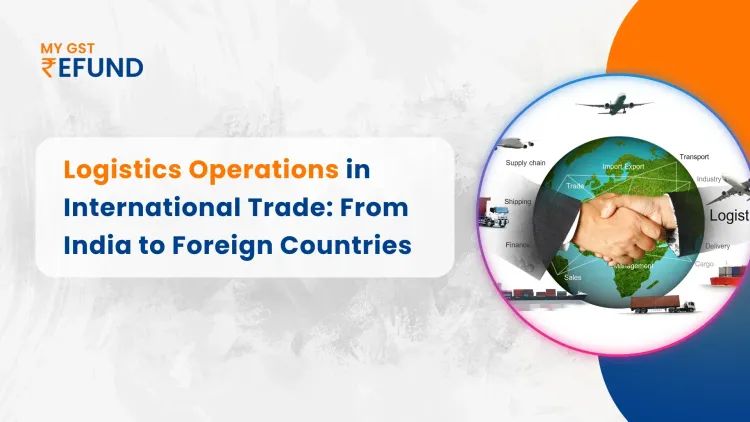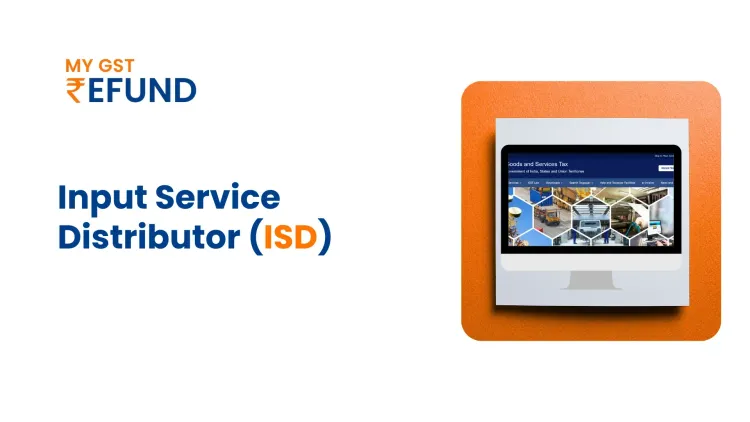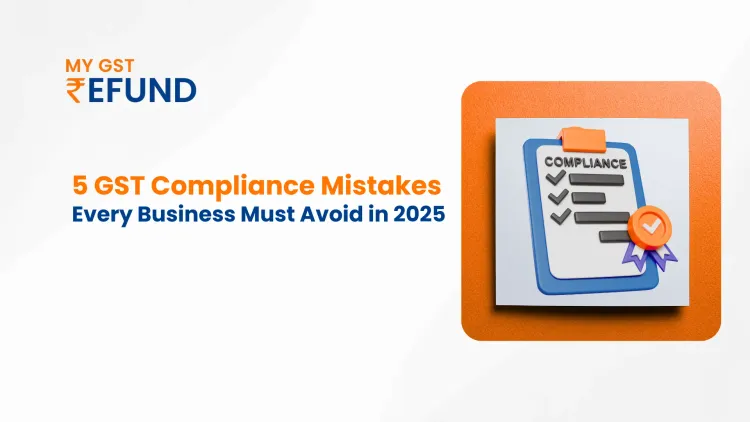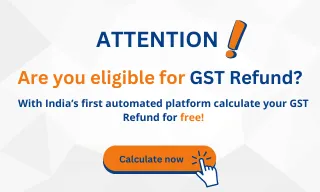Common Issues in E-BRC Generation and How to Resolve Them
The Electronic Bank Realization Certificate (E-BRC) is a critical document for Indian exporters. It is evidence of the overseas payment received by the exporter and is required for claiming export incentives from the Directorate General of Foreign Trade (DGFT) and GST refunds. However, most exporters have problems getting their E-BRC generated or retrieved. This article talks about the frequent problems in E-BRC generation and provides effective solutions to overcome them.
Common Issues in E-BRC Generation
1. Mismatch of Exporter Details
The most common of these issues is caused by a mismatch of the exporter's name, IEC (Importer Exporter Code), or bank details maintained in DGFT with the bank.
Solution:
- Make sure that your IEC details are exactly the same as mentioned in bank records.
- Make any updates on the DGFT portal and inform your bank about the same.
2. Incorrect Shipping Bill Data
If the SB details are not consistent with the data provided by the bank, the E-BRC cannot be generated.
Solution:
- Ensure the SB details uploaded in the bank are consistent with the DGFT system details.
- In case of a mismatch, ask the bank to update and correct the records prior to proceeding with the E-BRC process.
3. Delay in E-BRC Generation by the Bank
Banks at times delay the issue of E-BRCs due to technical or internal delays.
Solution:
- Regularly follow up with your bank and ask them to speed up the process.
- In case of persistent delays, refer the matter to higher officials in the bank or report the issue using the DGFT Helpdesk.
4. Transaction Not Updated in DGFT Portal
At times, the exporter is paid, but the same is not reflected in the DGFT E-BRC system.
Solution:
- Inform your bank and make sure they have correctly uploaded the data.
- In case the problem remains, ask the bank to upload the data to the DGFT portal again.
5. Duplicate or Lost E-BRC Records
Exporters might experience duplicate generation of an E-BRC or partial records going missing from the DGFT database.
Solution:
- Ask the bank to cancel the additional record in the case of duplicate E-BRC.
- If an E-BRC is absent, check with the bank if it has been uploaded to the DGFT system properly.
6. Invalid Payment Details or Foreign Exchange Conversion Flaws
Flaws in payment details, i.e., incorrect transaction IDs, incorrect foreign currency conversion, or deductions of bank charges, result in E-BRC rejection.
Solution:
- Cross-verify all payment details before presenting them to the bank.
- If flaws are discovered, instruct the bank to recalculate the amount and reflect the same in the records.
Steps for a Smooth Generation of E-BRC
Avoiding these frequently occurring problems can be done using the following steps:
- Maintain All Export Documents Updated: Your shipping bills, bank payment transactions, and IEC information must be accurate and recent.
- Make frequent communications with your bank : Keep communication open with your bank to guarantee there are no pending problems related to your E-BRC.
- Ensure DGFT Portal Entries: Visit the DGFT portal every now and then to ensure your E-BRC has been entered appropriately.
- Use DGFT's E-BRC Tracking System: Exporters can track their E-BRC status and detect any discrepancies using the DGFT website.
- Seek Professional Assistance: In case of persisting issues, seek the help of a GST or export compliance professional to sort them out effectively.
Conclusion
In India, the generation of E-BRC is a critical step in the export process ; any problem in its generation would lead to a delay in availing export incentives and GST refund. In the event of errors, an exporter would be well advised to be proactive and ensure accuracy of data and try to expedite the generation of E-BRC. In case of continued problems, follow-up with the bank and DGFT at the right time can solve the problem effectively.
For further assistance in managing your E-BRC and claiming GST refunds, feel free to reach out to our experts at MyGST Refund!
Also Read:How to Check GST Registration Application Status
Related Posts








